Not long ago, a teacher had nothing more to rely on than knowledge, textbooks and a few markers. Technology has slowly changed that in the past few years, with the Internet, multimedia programs and computers increasing their presence in the classroom. But with the rise of tablet tech, the student-teacher experience is facing a subtle revolution: joining the trend makes students feel as if they’re part of an environment that’s desirable because people speak their native languages. As the iPad becomes a teaching tool, classrooms are transformed into contemporary settings.
Engaging Each Student
With tablets, the student-tech interaction is taken to an intimate territory where each child has the possibility of exploring concepts, finding definitions, discovering the unknown and socializing based on the research itself in their own space and comfort zone.
The transition from textbook to iPad can transform an outdated type of experience that many kids cannot relate to and turn it into a smooth, natural episode. The learning process can even become less stressful when the focus is on interaction and exploration instead of learning by memory.
Most teachers understand that getting a student interested in a subject is immensely more important than forcing their preferences which is where the iPad shines, as it offers a larger universe of debate with millions of ideas, problems, solutions and everything in between that the Internet has to offer.
As for distance learning, the iPad can contribute to the online elementary school learning experience by creating an efficient, stylish and easy interface that makes the relationship between abstract (education) and concrete (student) more enjoyable.
Fun Note Taking
Some people believe handwriting is slowly but surely becoming more obsolete. If this is so, there are still many ways to encourage students to write by hand.
It’s all a matter of how technology corresponds with handwriting practices and offers the resources to use it in a contemporary context. Of course, handwriting could potentially become completely antiquated as typing becomes the preferred method of communication. To combat this, iPads offer plenty of note-taking apps, which can be used in conjunction with either typing or actual writing.
Still, taking notes isn’t only about the text. It’s also about the diagrams, the pictures, the music and so on. With iPads, every student can give their lesson a multimedia level, by recording everything – from taking pictures to storing voice files. This makes the learning experience back home more complex, because it challenges more senses than one.
The fact that the notes can be easily organized can give an otherwise messy student the opportunity to make sense of what he or she writes. We know that every classroom has a few disorganized students that, in spite of their problem, are good, promising individuals. They are definitely the ones who will benefit the most out of the iPad experience.
Learning is Just Like a Game
When children learn, it is often out of fear that they will be punished for not going to paying attention by their instructor or parents. But learning can be made into a potentially fun experience that brings the best in students. Gamification, the use of game mechanics and thinking in a non-game context in order to solve a problem is a mentality being used increasingly more in curriculum planning. Education uses gamification to make the whole learning experience easier and less stressful, and iPads can contribute greatly to implementing this strategy through softwares, games and apps.
With the iPad, teachers can reward individual students or groups, encourage teamwork and recognize value in a exciting, contemporary way that kids can relate to.
Gamification through iPad devices can also make the learning process an international and social process by making students and teachers get in contact with schools from across the globe. This way, the experience becomes more meaningful for everyone involved.
The Teacher Experience
Although not all teachers are convinced that the iPad is the tool that will revolutionize classrooms, early adopters are hooked. Anne Laurie, a French language teacher, is one of these proponents: “The pupils learn more efficiently with the iPad as they get instant feedback. In the past, they would do their homework and then submit it and a few days later I would give it back and we would go over it. This time delay means that they have often forgotten what they have written or why they chose to write it like that. With the iPad they can receive immediate feedback from interactive tools and quizzes which means they find out straight away if they have got something right. Using online dictionaries means they are able to check their work before they submit it. It doesn’t do the work for them, it helps them to work it out for themselves.”
On the other hand, Joe Foster, an English teacher at Enfield County School in North London, believes iPads are only useful to teachers: “All the teachers should be given one but not the students. I just can’t see how it would work with the kids. So much hardware goes missing in schools as it is. Who would maintain them? Who would update them?”
All in all, the iPad as a classroom tool looks incredible. Teachers are becoming increasingly familiar with tablet tech and their uses will no doubt become more extensive. Technology allows students of all levels to interact and participate, and that notion is neither outdated nor novel.
Thoughts? Reactions? Please let us know in the comments!
All images in this post are Creative Commons licenced through Flickr.
About the Author
Vera M. Reed is a former educator and relatively new blogger who enjoys writing about new developments that affect teachers. Vera is a huge proponent of utilizing tablet tech in the classroom, and she hopes this article articulates the positive importance iPads and their tablet brethren can have on students. Reach her on Twitter @VMReed and on Google+.
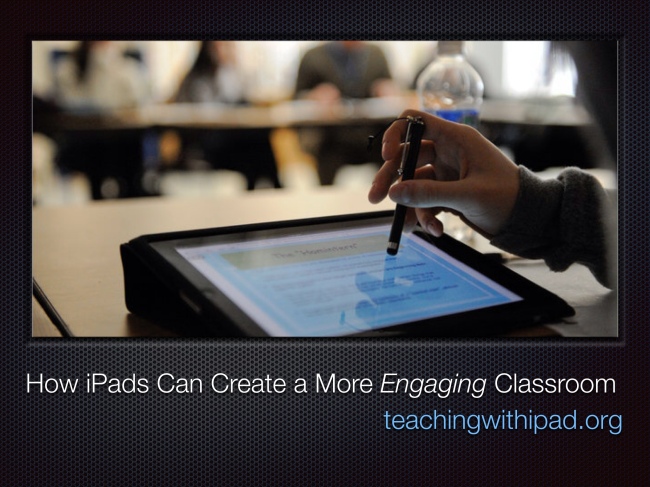
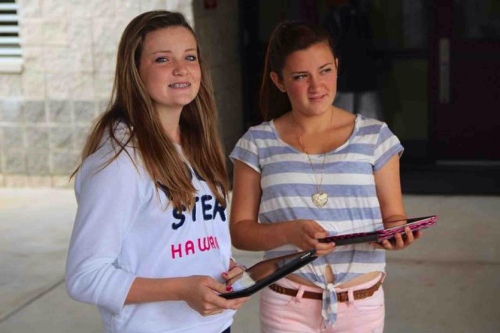
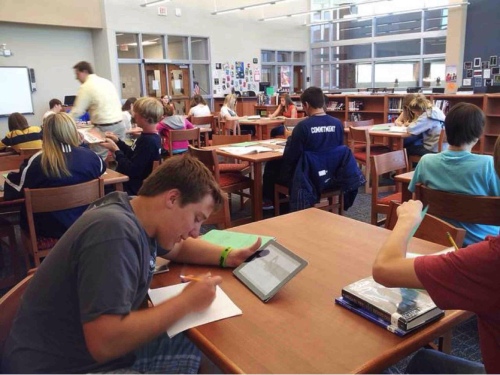
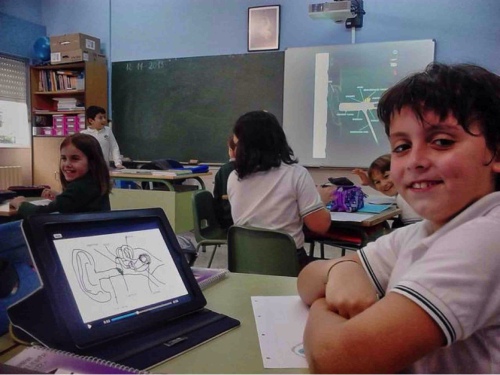
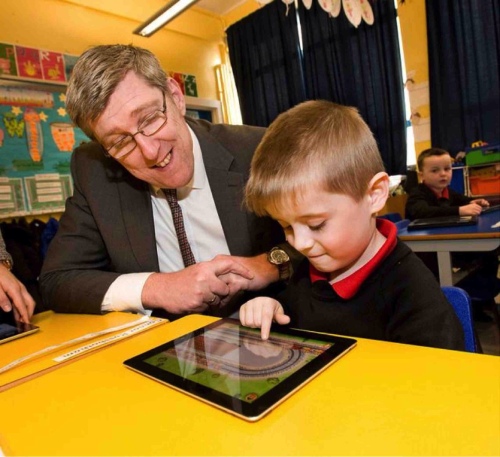


7 Comments Add yours